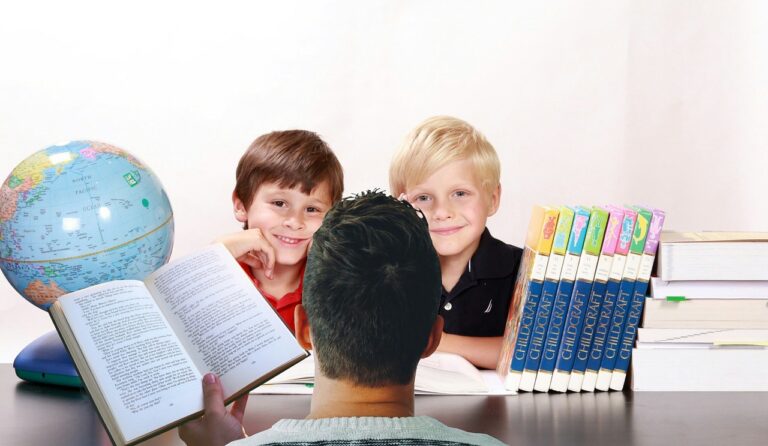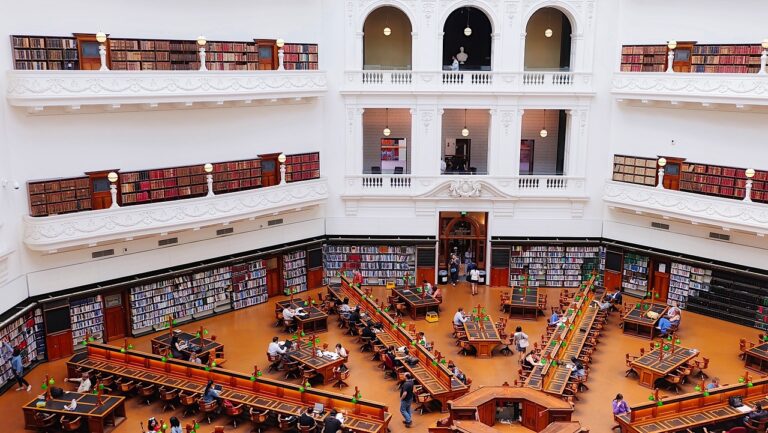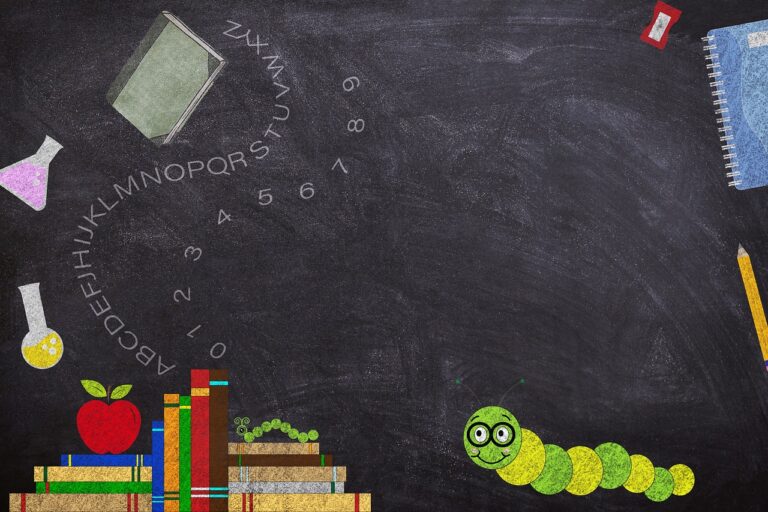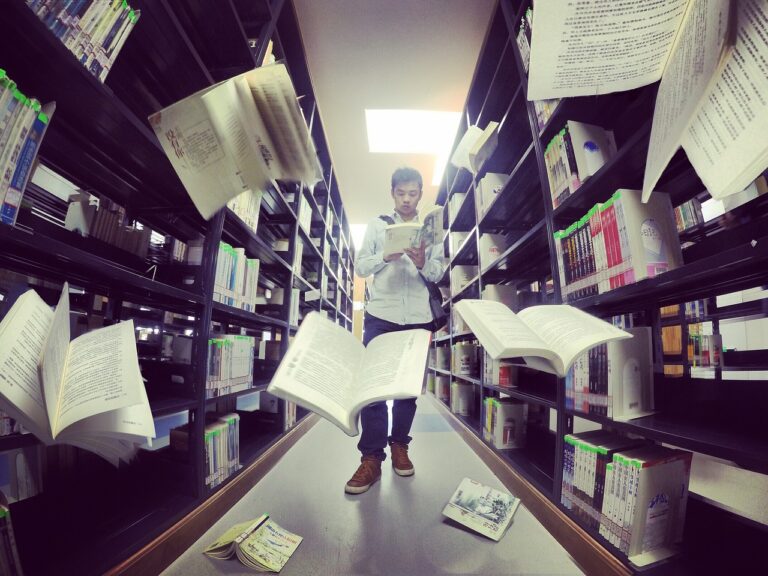Leveraging Community Resources for Experiential Learning: Connecting Classroom Learning with Real-World Applications
Experiential learning is a dynamic approach to education that focuses on active participation and practical experiences. By immersing students in real-world situations, this method allows them to apply knowledge, solve problems, and develop critical thinking skills. Through hands-on activities, simulations, and fieldwork, learners have the opportunity to engage with the material in a meaningful way that goes beyond traditional classroom learning.
This experiential model of education places an emphasis on learning by doing, encouraging students to experiment, make mistakes, and learn from their experiences. Instead of passively receiving information, individuals are actively involved in the learning process, which leads to a deeper understanding and retention of knowledge. By connecting theory to practice, experiential learning enhances student motivation and engagement, ultimately preparing them for success in the real world.
Importance of Real-World Applications in Education
Real-world applications in education bridge the gap between theoretical knowledge and practical skills. By engaging students in hands-on experiences and tasks that mimic real-life scenarios, educators can enhance learning outcomes and equip students with valuable skills that are essential in the professional world. This approach allows students to apply their classroom knowledge to authentic situations, fostering a deeper understanding and appreciation for the subjects they are studying.
Moreover, when students are exposed to real-world applications in education, they are more likely to be motivated and engaged in their learning journey. Connecting classroom concepts to tangible, real-life examples helps students see the relevance and significance of what they are learning. This practical approach not only increases student interest and participation but also cultivates critical thinking, problem-solving, and decision-making skills that are crucial for success in their future careers.
Benefits of Connecting Classroom Learning with Community Resources
Connecting classroom learning with community resources provides students with practical, hands-on experiences that deepen their understanding of academic concepts. By engaging with real-world applications, students can see the relevance of what they are learning in a tangible way. This connection helps to make learning more meaningful and fosters a deeper level of comprehension.
Furthermore, utilizing community resources in the classroom encourages students to engage with their surroundings and take ownership of their learning. By exploring resources outside of the traditional classroom setting, students are able to see the value in their education beyond just grades and tests. This approach promotes a sense of curiosity and a desire for continuous learning that extends far beyond the walls of the school.
• Connecting classroom learning with community resources provides practical, hands-on experiences
• Students can see the relevance of academic concepts in a tangible way
• Makes learning more meaningful and fosters deeper comprehension
• Encourages students to engage with surroundings and take ownership of their learning
• Explores resources outside traditional classroom setting
• Promotes curiosity and desire for continuous learning
How can experiential learning benefit students?
Experiential learning allows students to apply theoretical knowledge to real-life situations, enhancing their understanding and retention of concepts.
Why is it important to incorporate real-world applications in education?
Real-world applications help students see the relevance of what they are learning in the classroom to the world outside, preparing them for future challenges and opportunities.
What are some benefits of connecting classroom learning with community resources?
By connecting classroom learning with community resources, students can gain practical skills, develop a sense of civic responsibility, and establish valuable connections for future endeavors.
How can teachers effectively integrate community resources into their lesson plans?
Teachers can integrate community resources by collaborating with local organizations, arranging field trips, inviting guest speakers, and incorporating service-learning projects into their curriculum.
What role do community partnerships play in enhancing the educational experience?
Community partnerships provide students with access to diverse perspectives, resources, and experiences that can enrich their learning, foster creativity, and promote social awareness.







